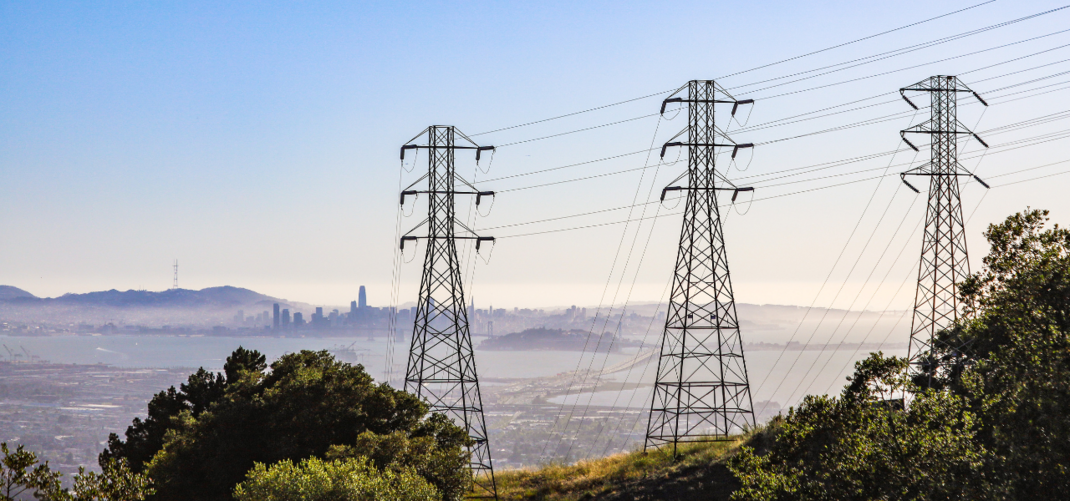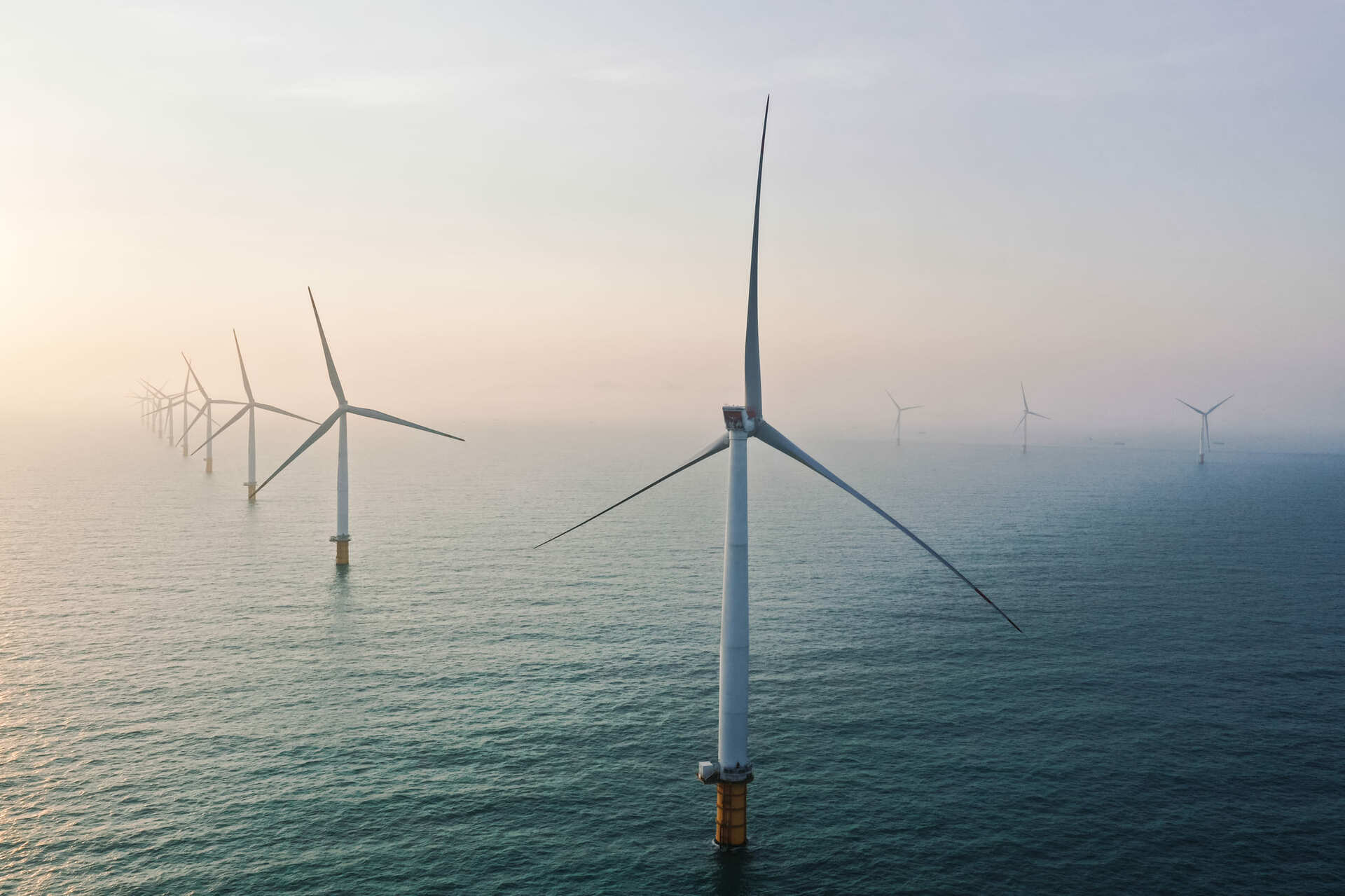Regulatory update: Nuclear RAB
This regulatory update provides an essential overview of the Nuclear Regulated Asset Base (RAB) model, its purpose in driving crucial low-carbon generation, and the implications it holds for businesses shaping their long-term energy strategies.

At SmartestEnergy, we understand that securing a sustainable and cost-effective energy future is paramount for your business. As the UK's progresses towards its net zero targets, a significant development in this journey is the government's commitment to new nuclear power generation, underpinned by the Regulated Asset Base (RAB) funding model.
What is the Nuclear RAB model?
The Regulated Asset Base (RAB) is a financing model designed to attract private investment into large-scale infrastructure projects, such as new nuclear power stations. In a RAB model, investors receive a predictable revenue stream from consumers via their energy bills during the construction phase of the project, as well as once it's operational.
Key features include:
- Reducing investment risk: By providing revenue during construction, the RAB model reduces the financial risk for developers and investors compared to traditional financing methods.
- Lowering cost of capital: Reduced risk typically translates to a lower cost of capital, which aims to ultimately lead to lower overall costs for consumers over the lifetime of the power plant.
- Consumer contribution: A portion of consumer energy bills contributes to the funding of these projects, in return for the benefits of long-term energy security and price stability.
- Government oversight: The model involves robust regulatory oversight to ensure costs are transparent and value for money is delivered.
What Nuclear RAB means for our customers
The implementation of the Nuclear RAB model will have specific implications for businesses consuming electricity in the UK. For SmartestEnergy customers, this means:
- Impact on energy bills: New Nuclear RAB charges will be incorporated into energy bills to fund the construction of new nuclear power stations. These are regulated charges distinct from wholesale market fluctuations, including Interim and Operational Levies, and are designed to provide long-term energy stability. For customers this translates in to the following new charges for Q4 2025:
- Nuclear RAB Supplier Obligation Levy: From 1 November 2025 the charge will be £3.455/MWh
- Nuclear RAB Operational Levy: From 1 October 2025 the charge will be £0.0028/MWh - Enhanced grid stability and security: The successful deployment of nuclear power via RAB contributes substantial, baseload, low-carbon electricity to the grid. This enhances overall energy security, reduces reliance on volatile fossil fuel imports, and helps stabilise the grid, which benefits all consumers.
- Contribution to national decarbonisation: By contributing to the funding of new nuclear, your business indirectly supports a key pillar of the UK's net zero strategy. This provides a tangible link to the national effort to reduce carbon emissions, complementing your own decarbonisation initiatives, particularly if you have significant, continuous energy demands.
- Diversification of low-carbon supply: As nuclear power provides a non-intermittent, low-carbon energy source, it offers a crucial component to variable renewable generation (like wind and solar), contributing to a more balanced and resilient low-carbon energy portfolio for the UK.
How SmartestEnergy can support you
At SmartestEnergy, we are committed to keeping our customers informed about key regulatory changes that impact the energy market and your business. Our expertise in energy procurement and market insights can help you understand the nuances of the Nuclear RAB model and its implications for your specific operations.
We look forward to providing further information, alongside detailed explanations of how these charges will appear on your invoices and their contribution to your overall energy costs.
FAQs
Will the new Nuclear RAB charges be fixed fees or will they vary?
The Nuclear RAB charges will be incorporated in line with your current product. So, for example, if you are on a passthrough product, then the Nuclear RAB charges will also be passthrough.
Both the Nuclear RAB Operational Levy and the Nuclear RAB Supplier Obligation Levy will be consumption-based charges.
Can I avoid this charge by switching my energy supplier?
No, this is a mandatory, UK-wide regulatory charge for all electricity consumers. All suppliers will be required to pass it on to customers, as it is a mechanism to fund national energy infrastructure.
How does the Nuclear RAB model compare to previous nuclear financing methods?
The RAB model is a new approach that differs significantly from the older Contract for Difference (CfD) model. RAB provides investors with a regulated, predictable revenue stream during a project's construction, which is intended to reduce risk and attract more investment for new nuclear power stations.
What is the government's oversight role in the Nuclear RAB model?
The government, along with Ofgem, will be responsible for overseeing the RAB model. This includes setting the initial revenue allowance for the project and ensuring that the developer delivers on time and within budget, with the goal of protecting consumers' interests.
Do Nuclear RAB charges apply to Energy Intensive Industry (EII) customers?
EII customers will have a disciutn applied to their Nuclear RAB charges in line with their certificate.
When will the Nuclear RAB charges be reconciled?
Nuclear RAB will be reconciled quarterly, 6 months in arrears as per our current process for CfD. Therefore, October-December RAB will be reconciled in April 2026.

Have any questions? Get in touch!
At SmartestEnergy, we're committed to ensuring a smooth and predictable transition to a sustainable energy future for our customers. The Nuclear RAB model is a key part of this, and we're here to help you understand its implications.
To discuss how the Nuclear RAB model impacts your energy strategy, please contact our experts.

